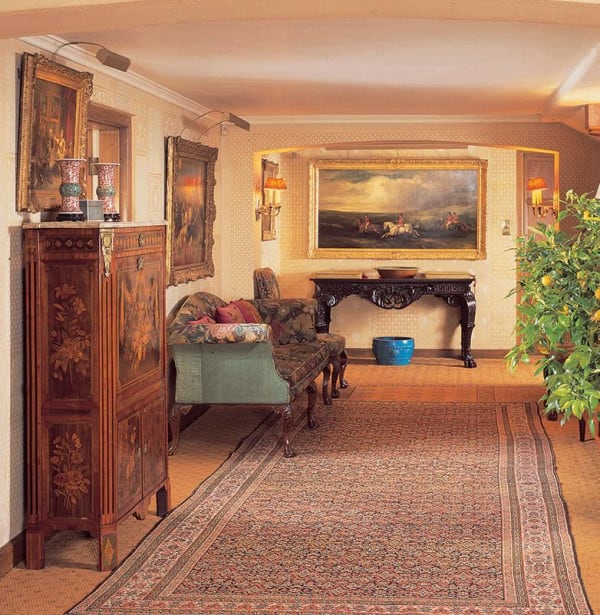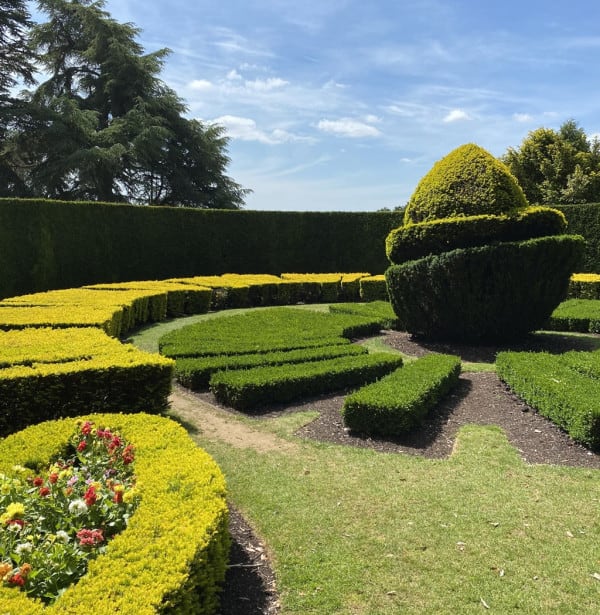Ascott History
The past feels very present at Ascott. The house’s history is also the Rothschild family’s history – so intertwined are the stories of the building and the family.

Victorian & Edwardian eras
The transformation by the de Rothschilds of Ascott from a humble, early-17th century farmhouse is extraordinary. It began in 1874 under new owner Leopold de Rothschild, who employed architect George Devey. They enlarged the farm building to become Ascott Cottage, then created a well-appointed hunting lodge and later a sizeable Edwardian country house.

1930s
In 1937 Ascott was inherited by Leopold’s son, Anthony de Rothschild and his wife Yvonne. They brought big changes. Extensive remodelling saw 37 rooms removed or restructured. Out went dark oak, moulded ceilings and Victorian fittings. In came light wood, bigger rooms and simpler designs. It resulted in the house you see today.

1980s & 1990s
Other notable changes include the Dining Room’s trompe-l'oeil blue-and-white Dutch tile effect, introduced by Sir Evelyn de Rothschild in the 1980s. And the addition of chinoiserie cases to the Porcelain Room in the 1990s, so Anthony de Rothschild's collection could be displayed.

The National Trust
Anthony de Rothschild gave Ascott House, the grounds, and the Ascott Collection to the National Trust in 1947.
History of Ascott Gardens
Evidence of Ascott’s farmhouse origins can be found in the mulberry trees in the garden and former orchards of ornamental cherries and flowering fruit. Early transformations include the main formal features: the evergreen Topiary Sundial, Madeira Walk and Venus and Dutch gardens. Twenty first century additions add contemporary appeal.

Early changes
As with Ascott House, the big changes in the Gardens came under the ownership of Leopold de Rothschild in the 1880s. It brought the Topiary Sundial – with it’s romantic motto “Light and shade in turn, but love always” – as well as the Jubilee Plantation, established for Queen Victoria’s Diamond Jubilee in 1897.’

Later development
Decades of development and refinement followed as Ascott’s unusual mix of the formal and the natural flourished. Notable contemporary additions include the striking, slanting slates of the Ascott Circle by Richard Long, along with the Lynn Garden, with its dynamic circles, swirls and curves, both added to Ascott in 2006. It was commissioned by Sir Evelyn de Rothschild to celebrate his marriage to Lynn Forester in 2000.


